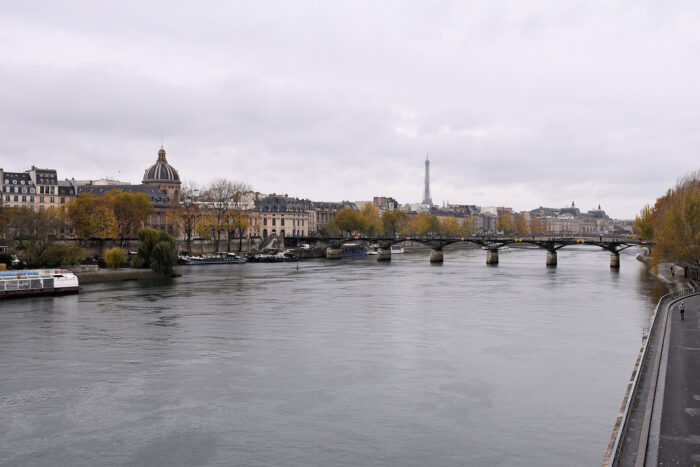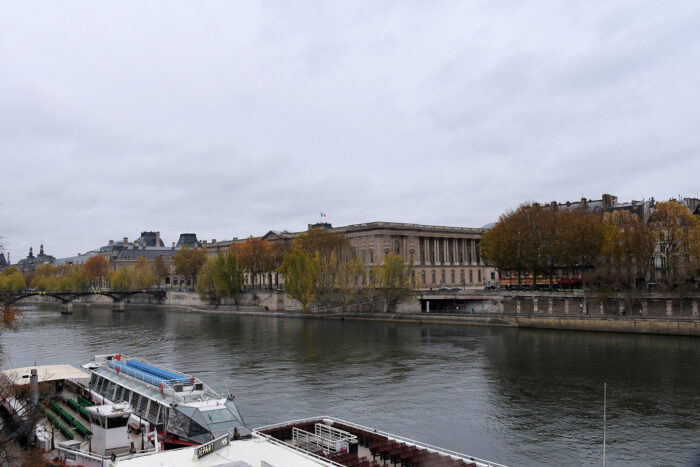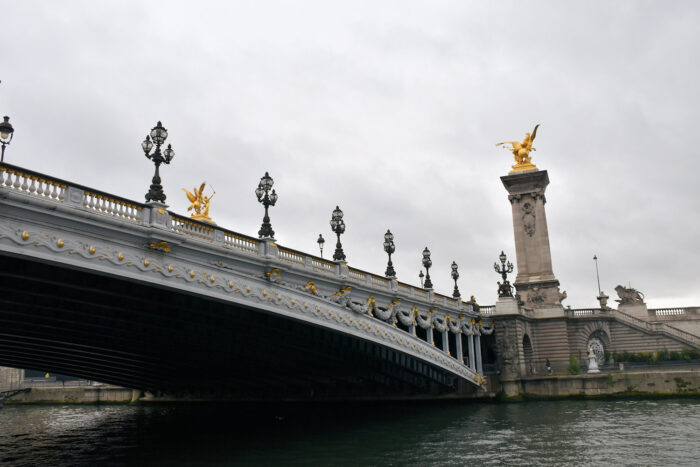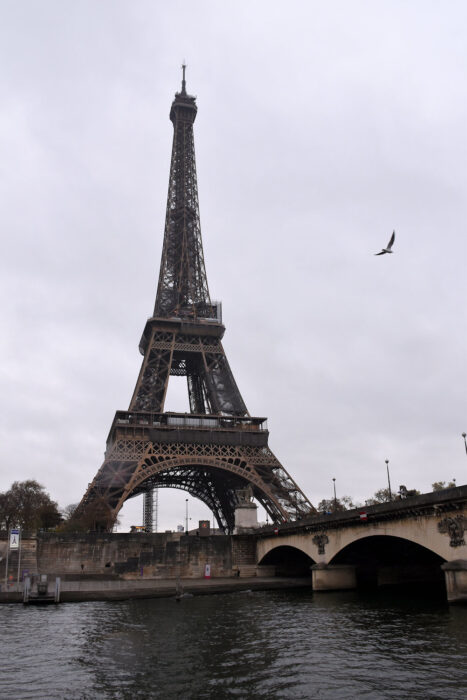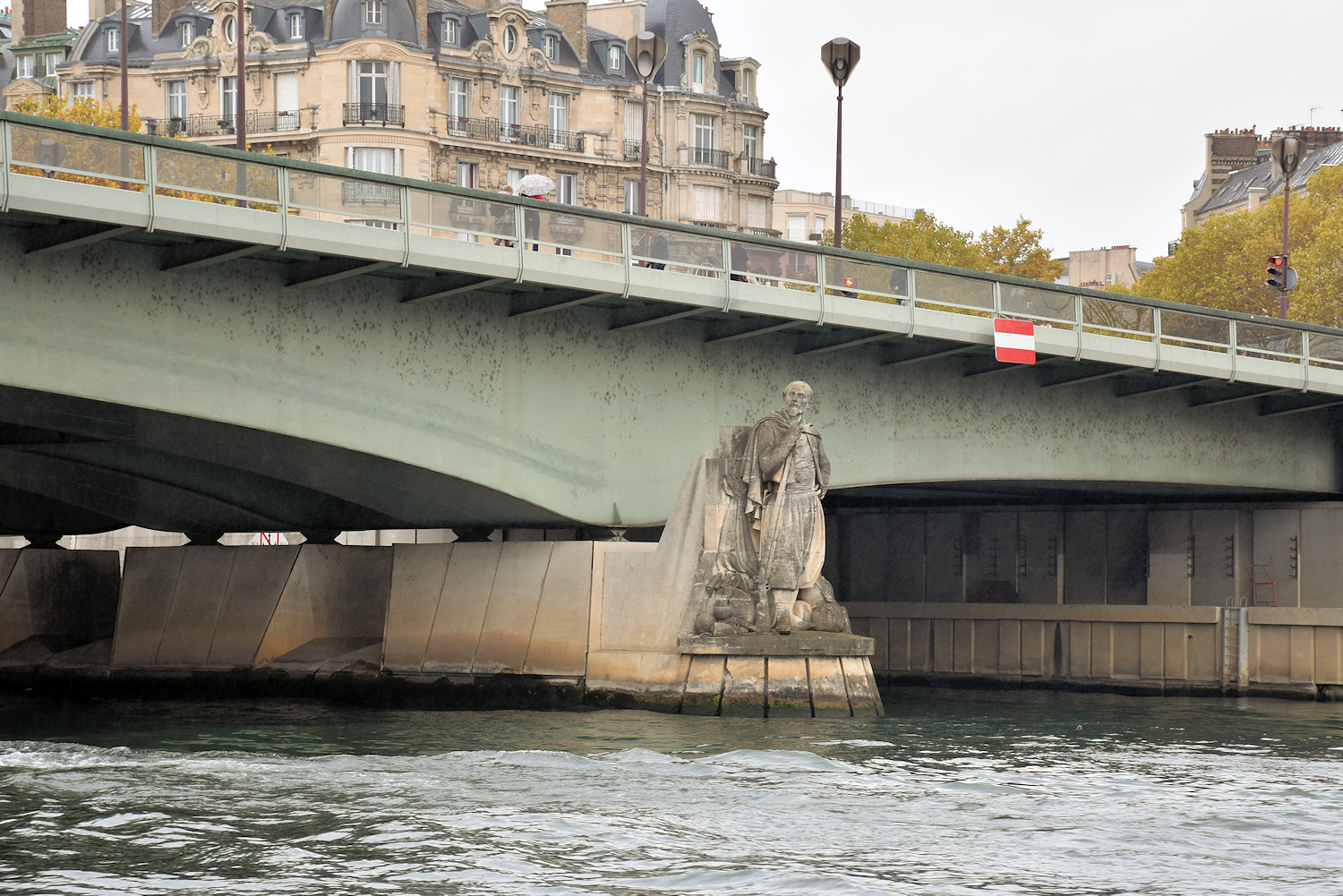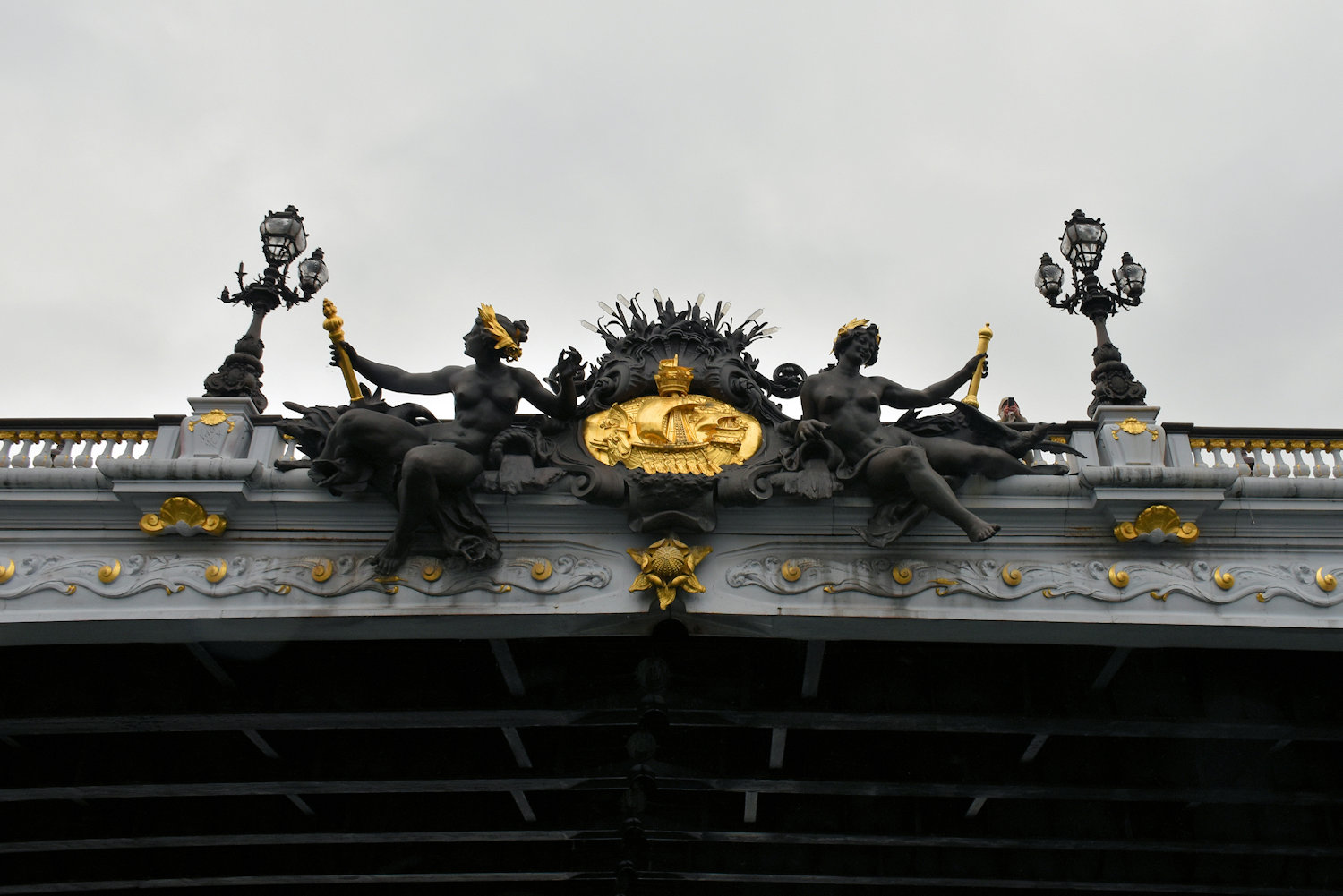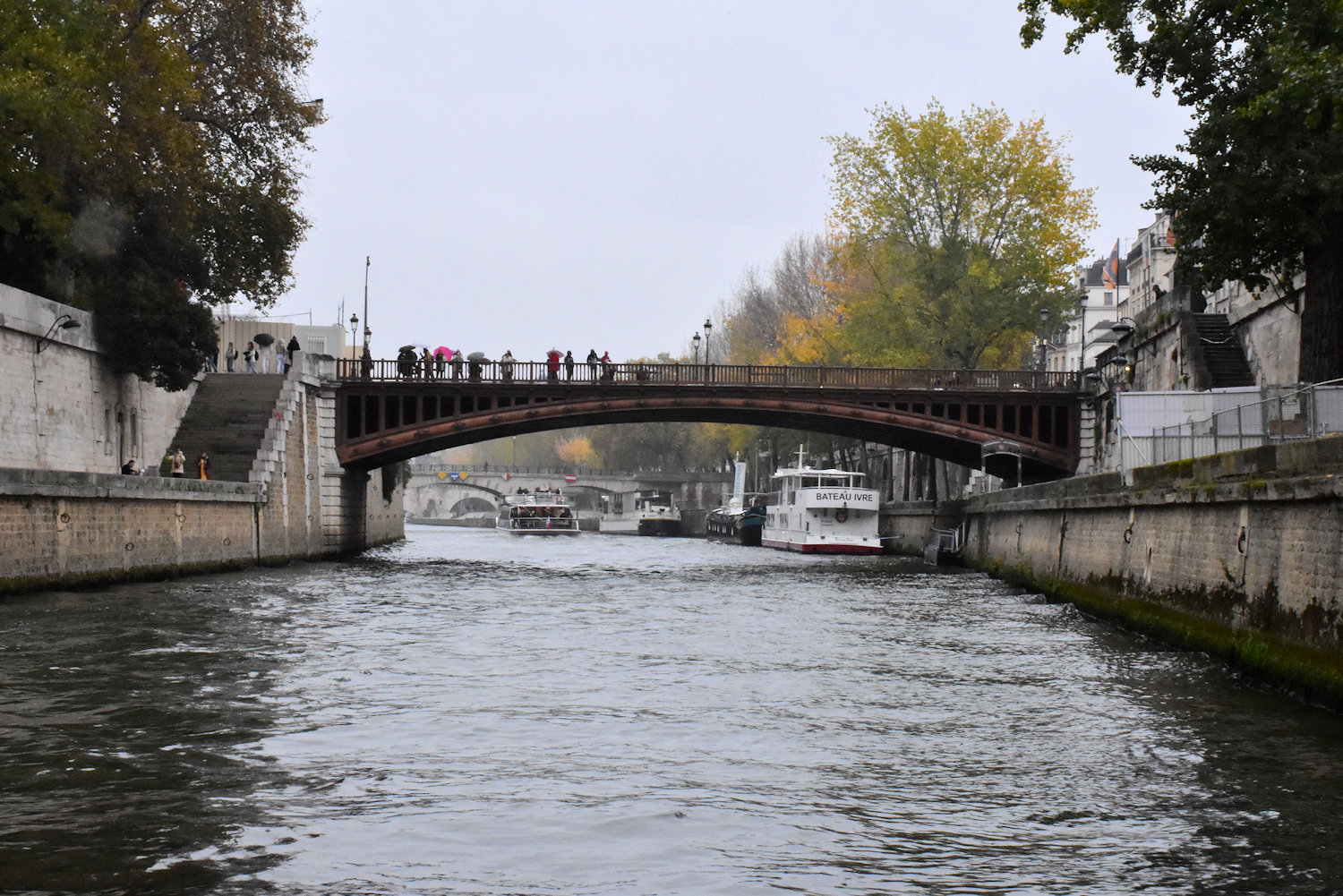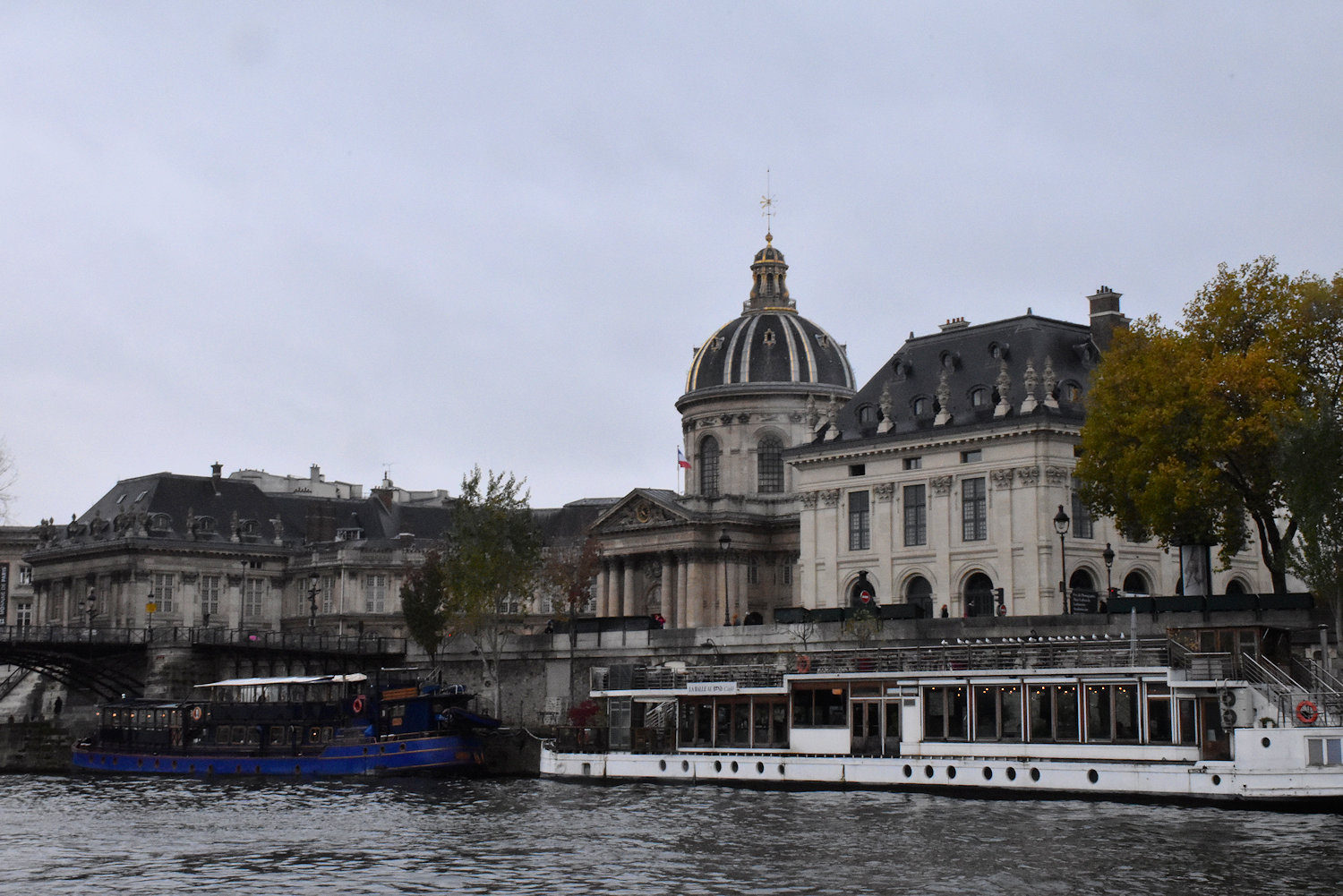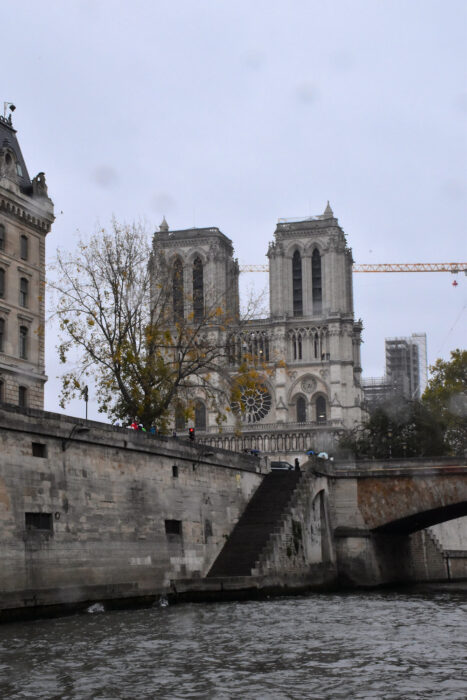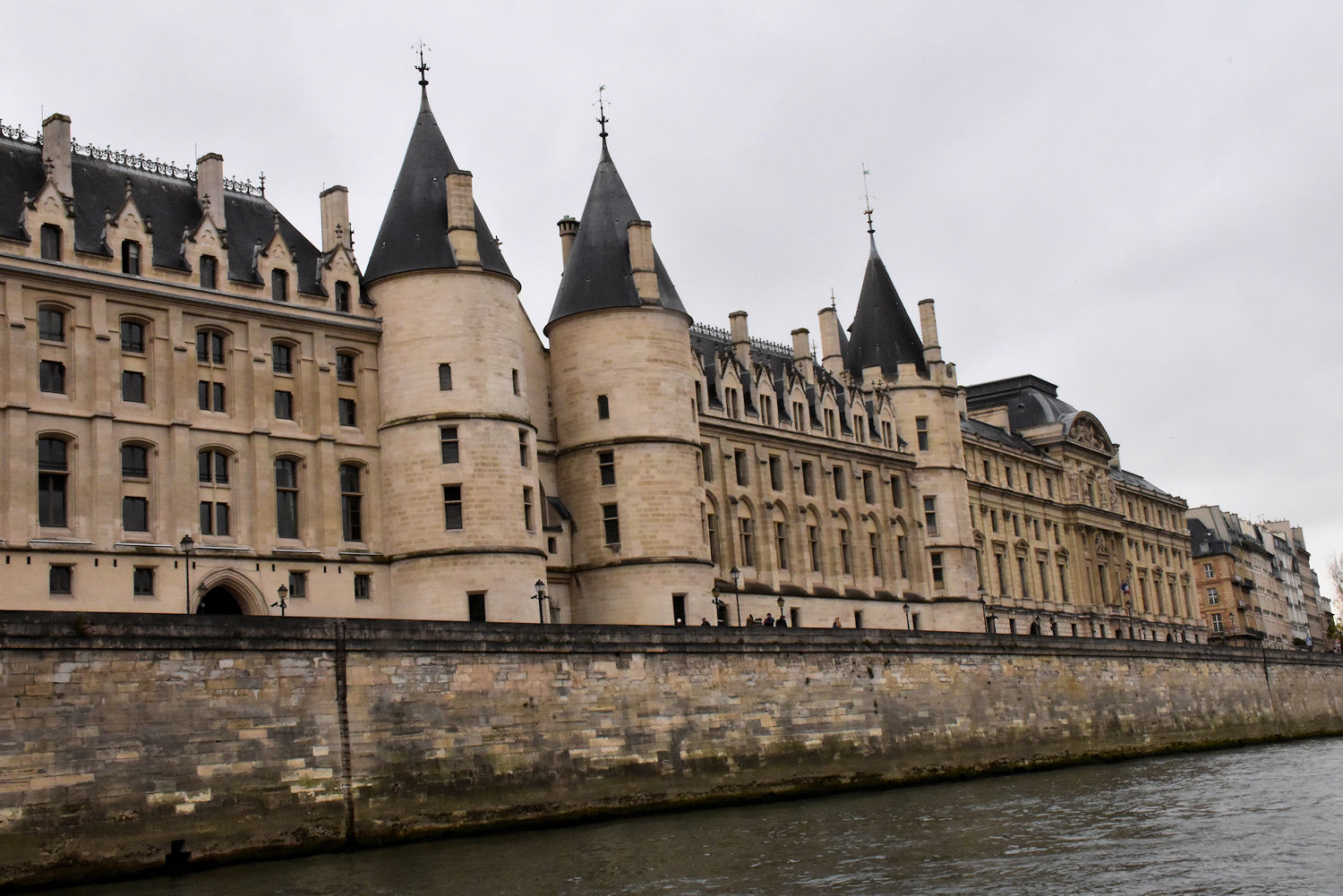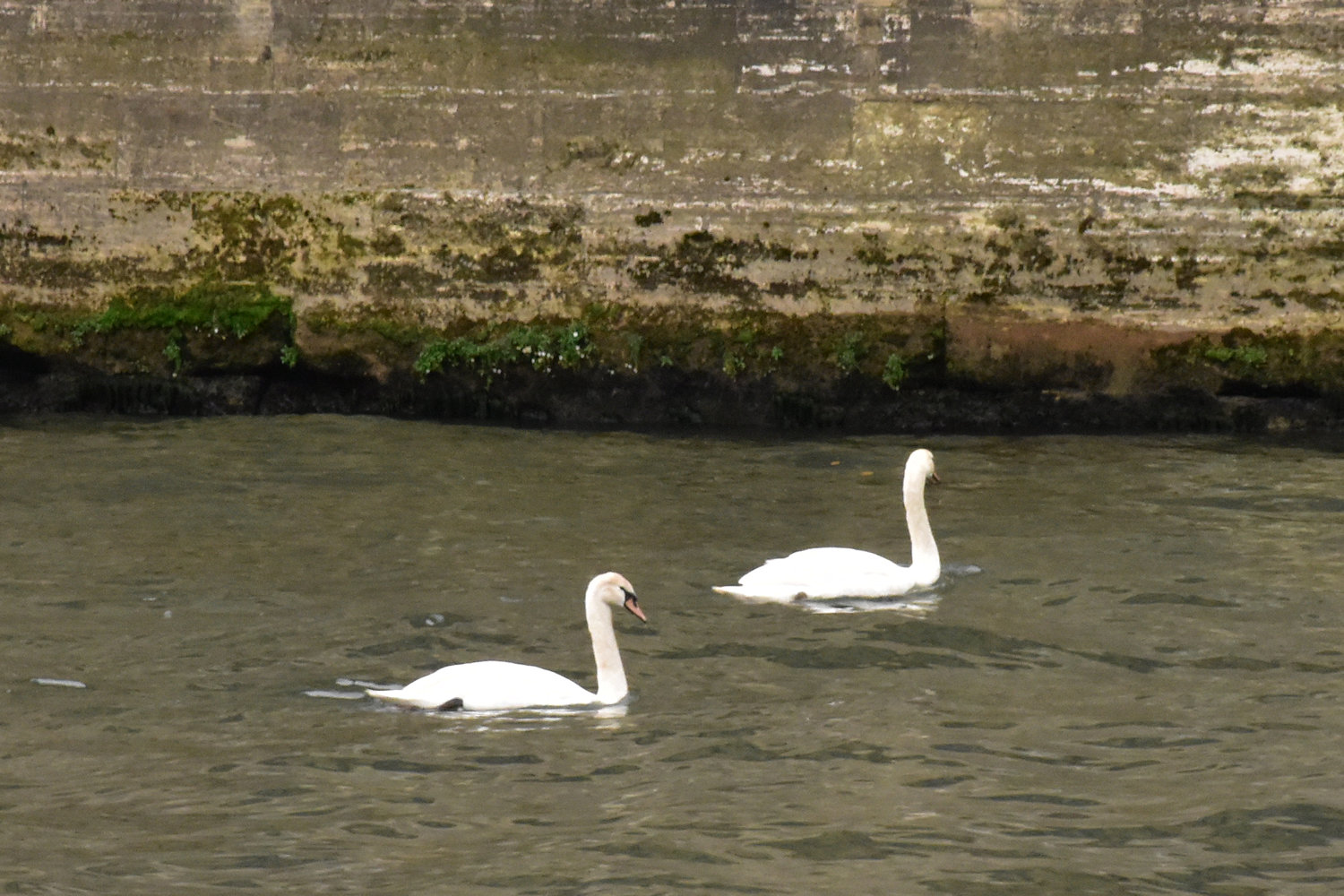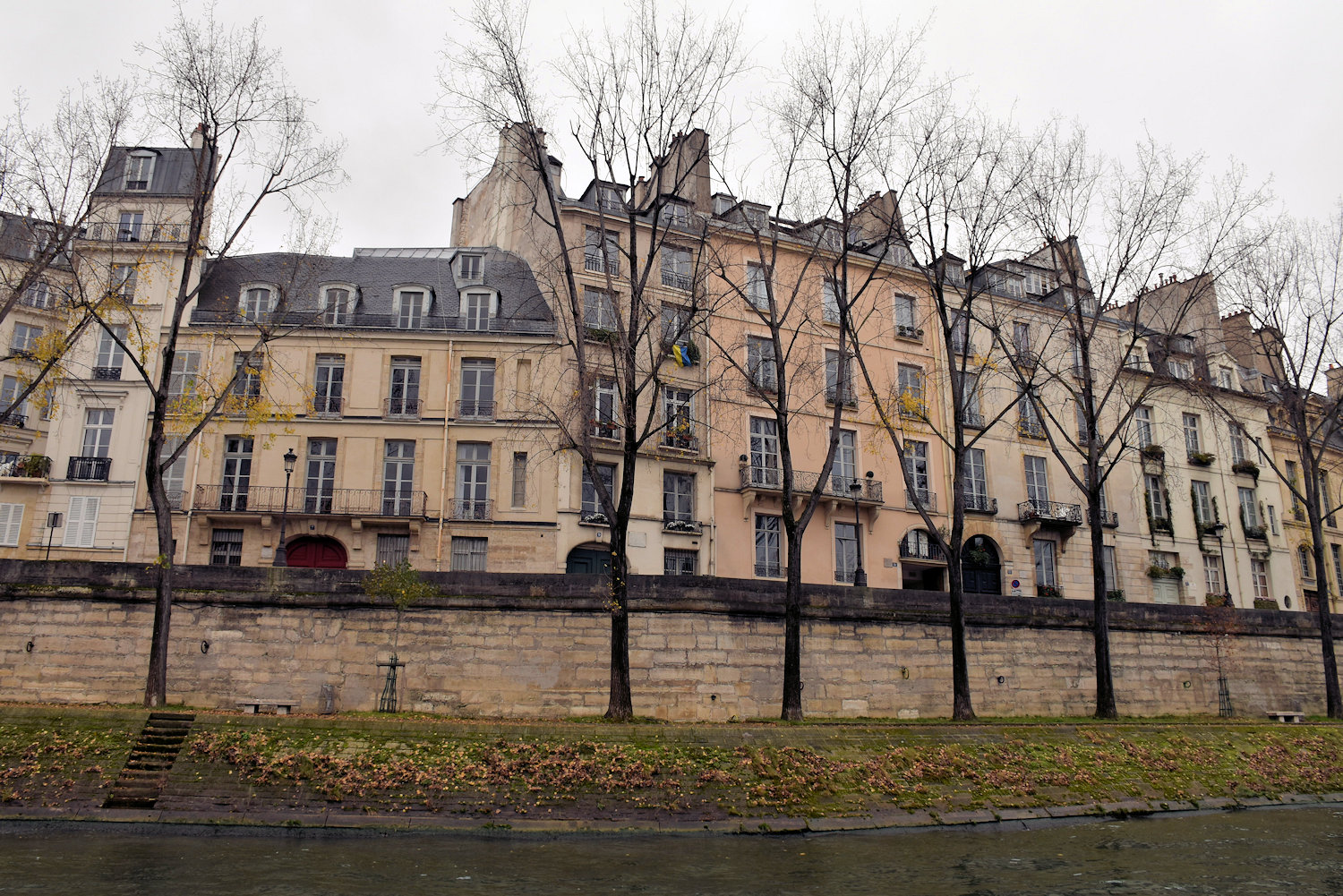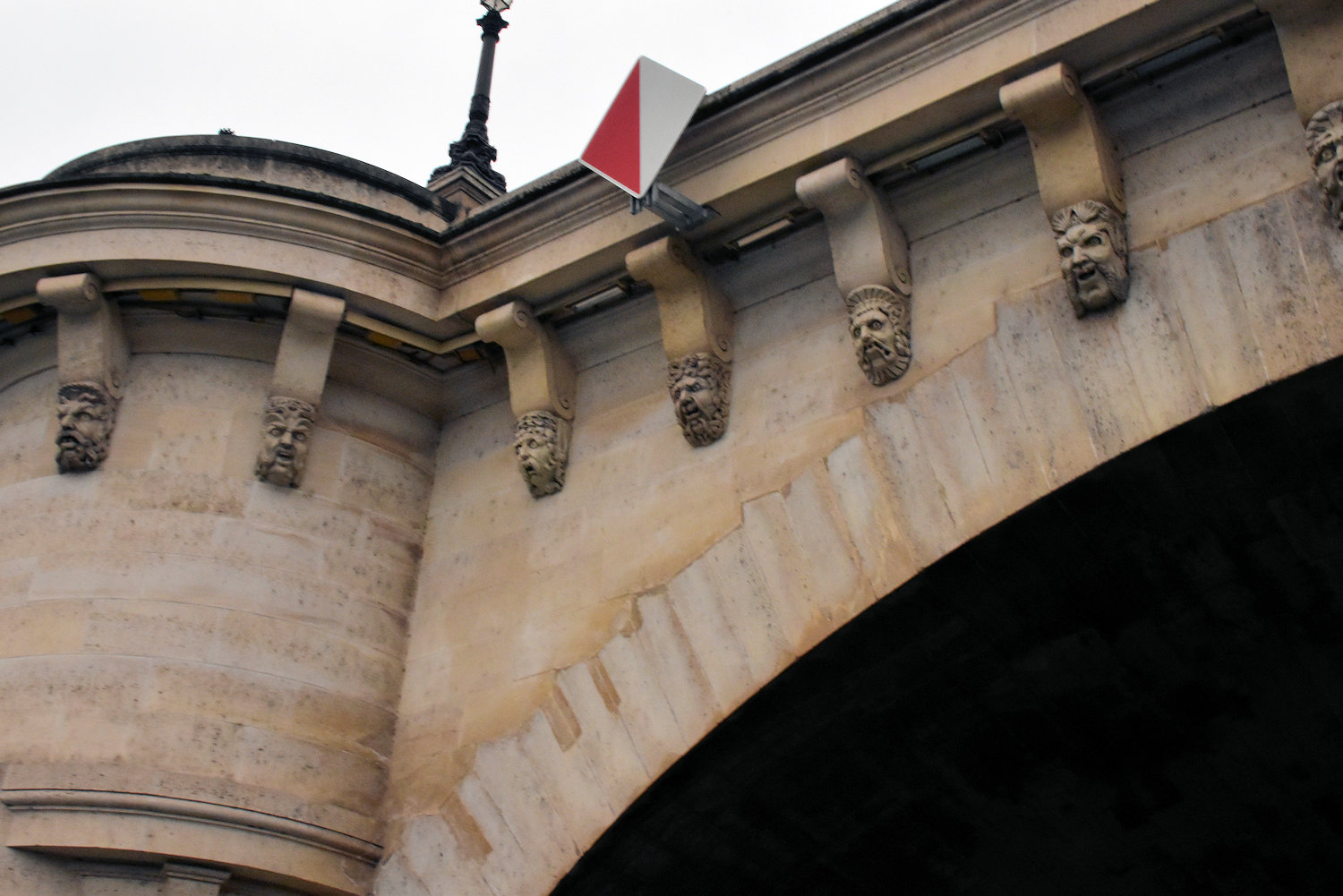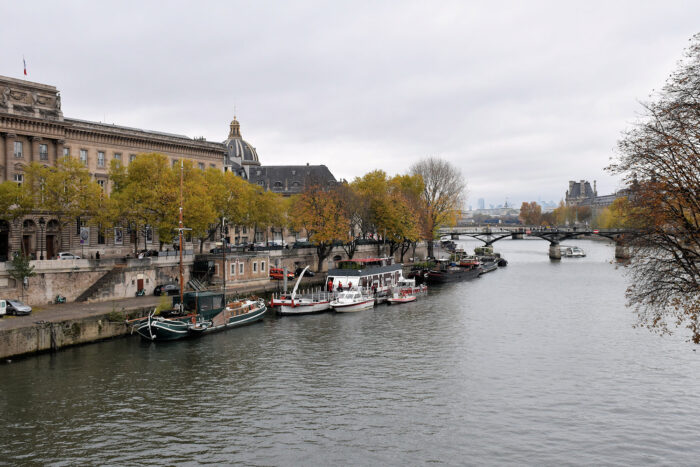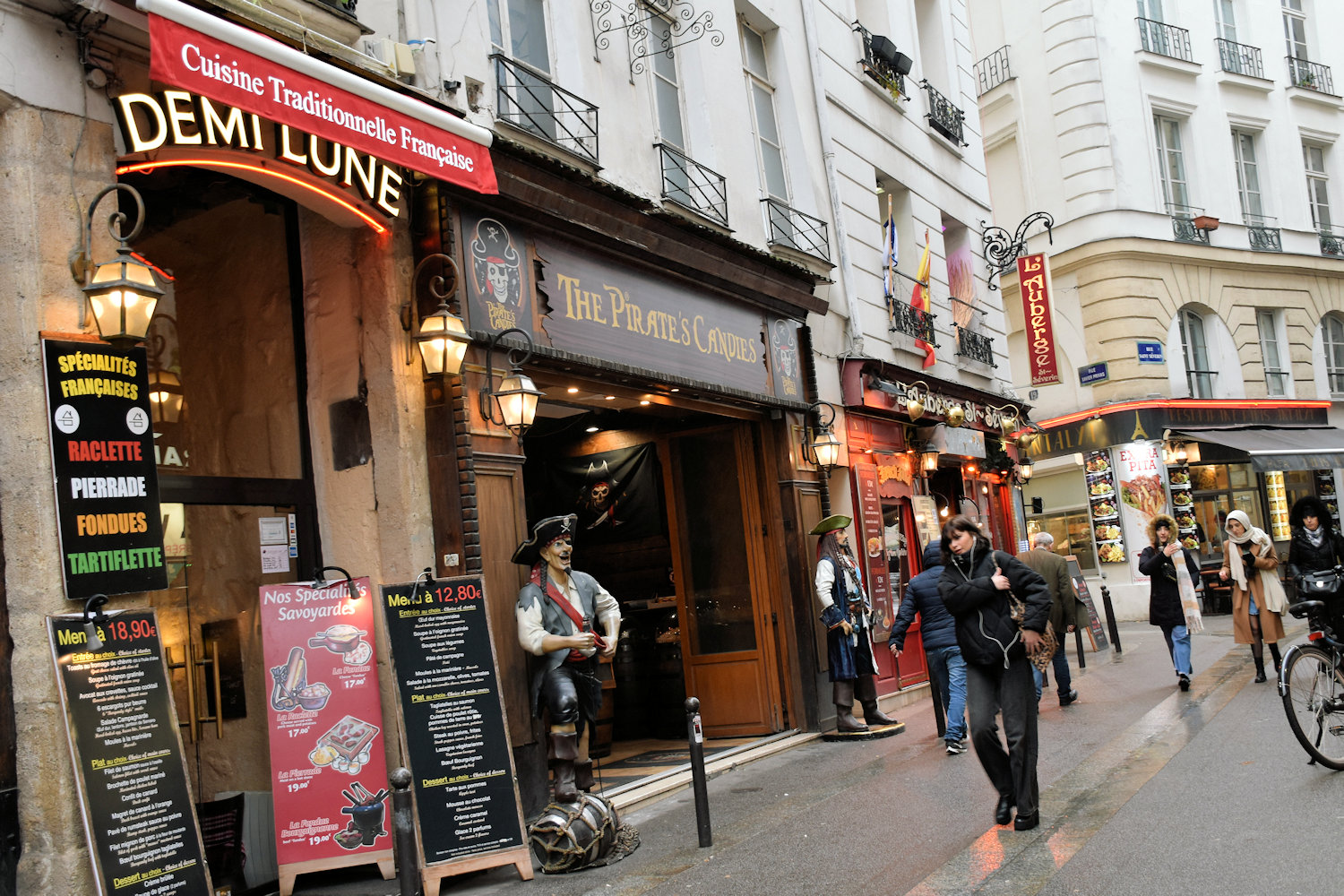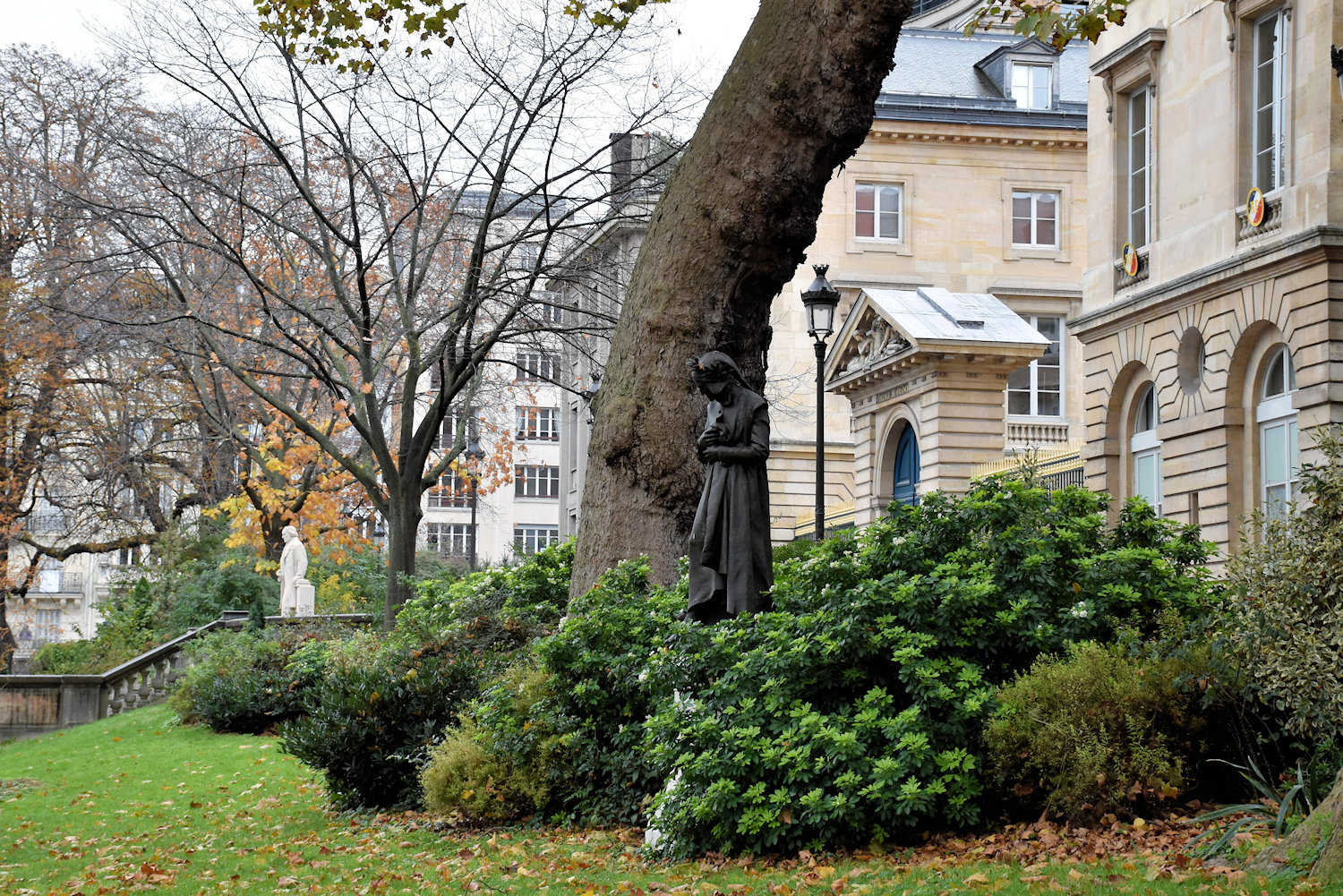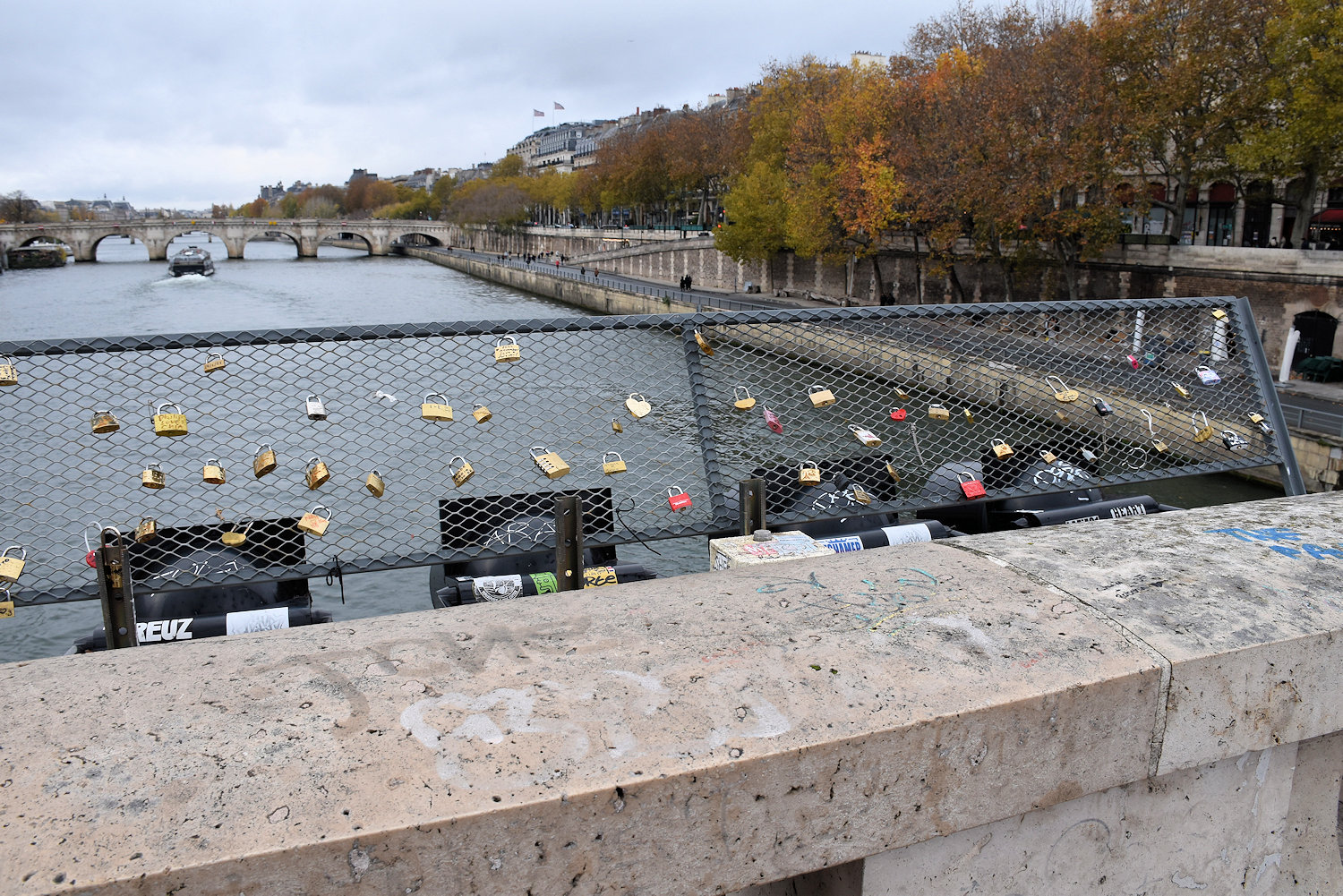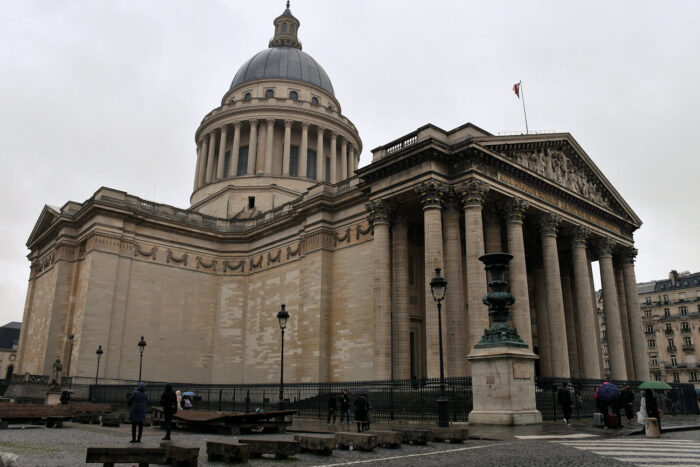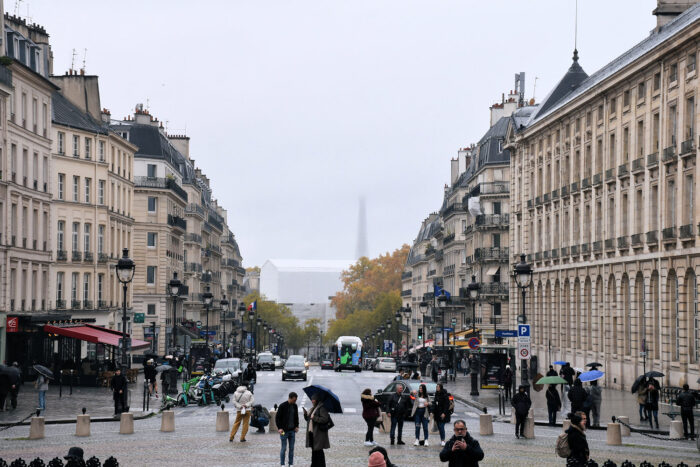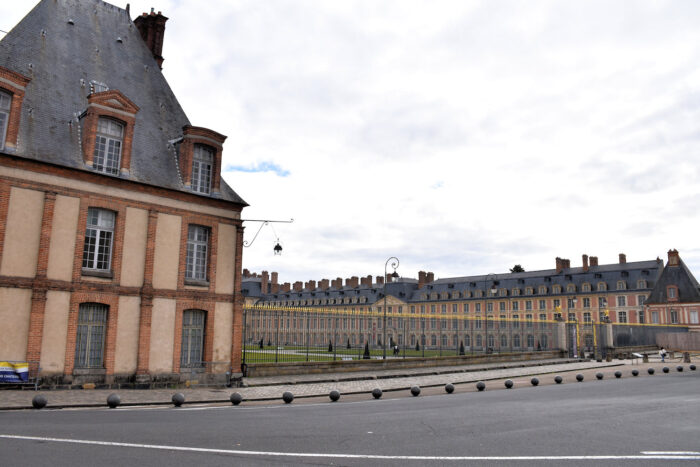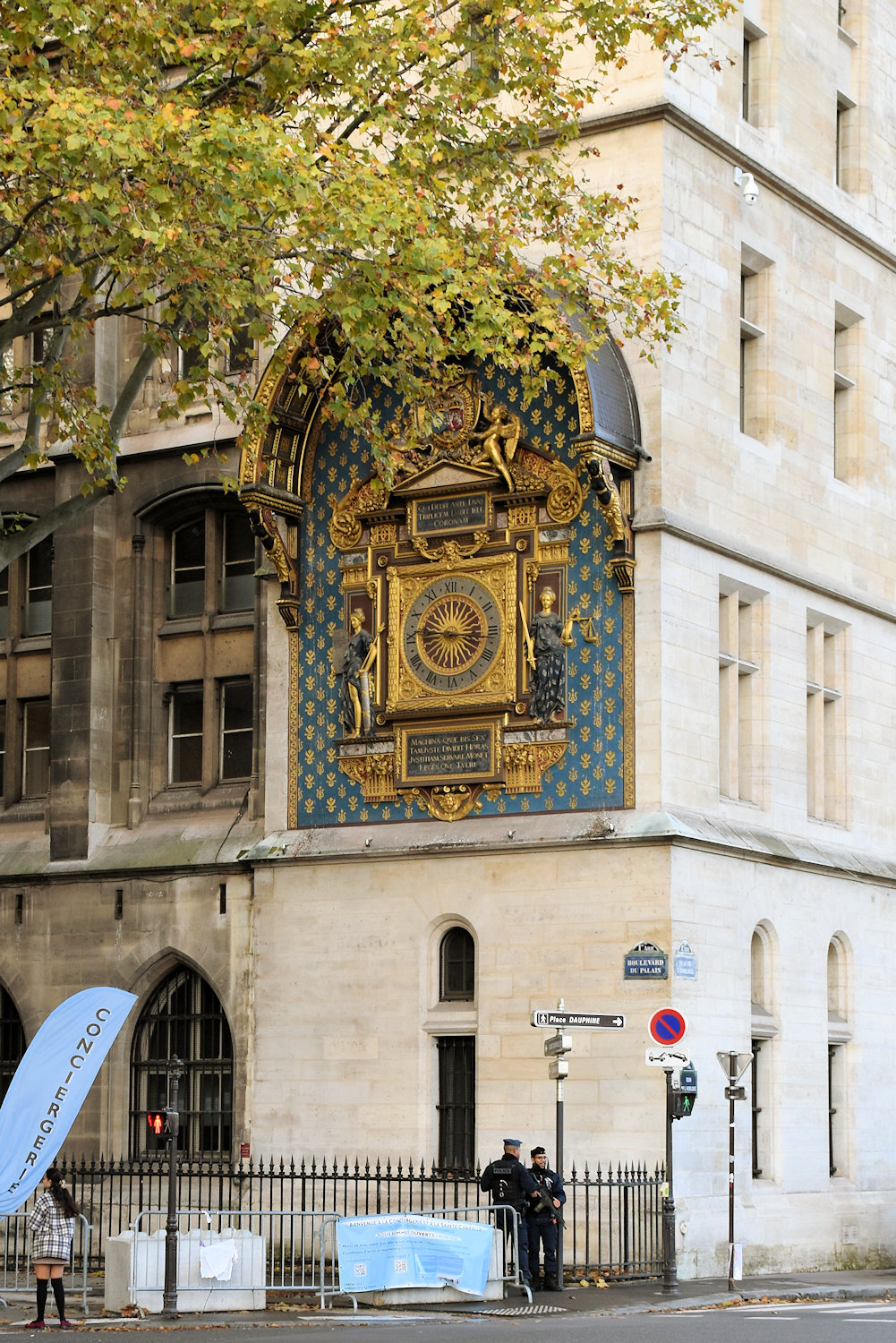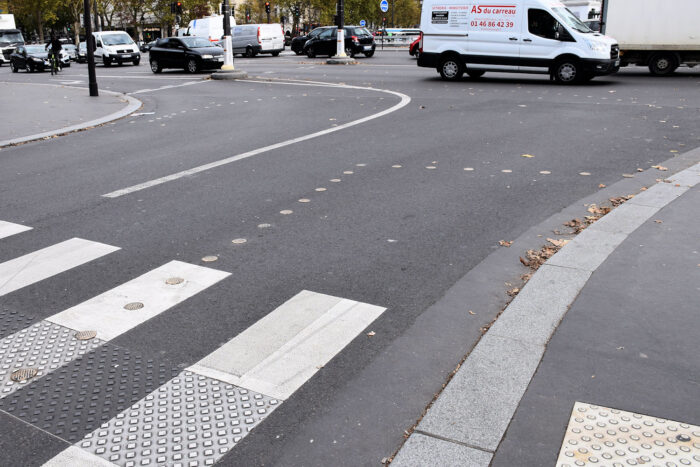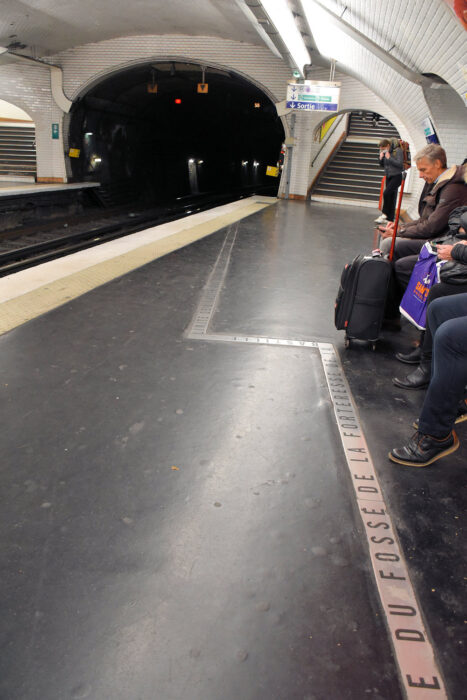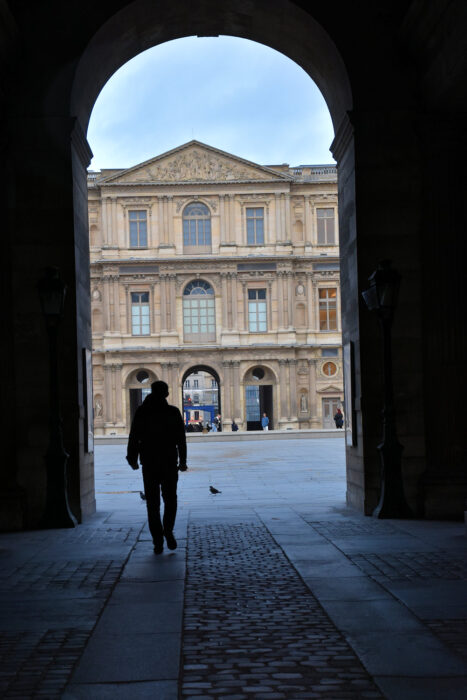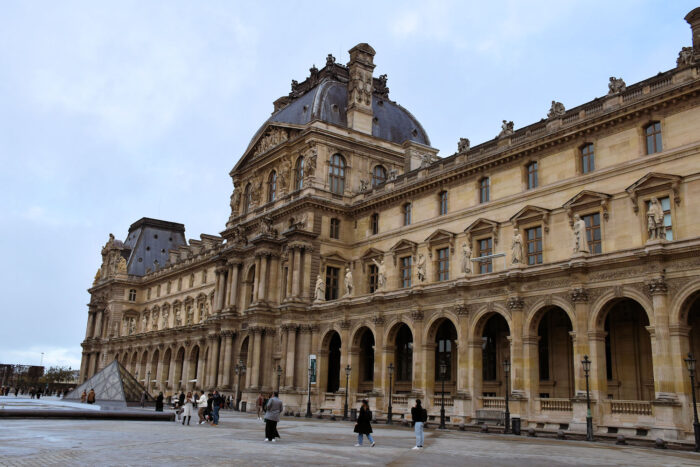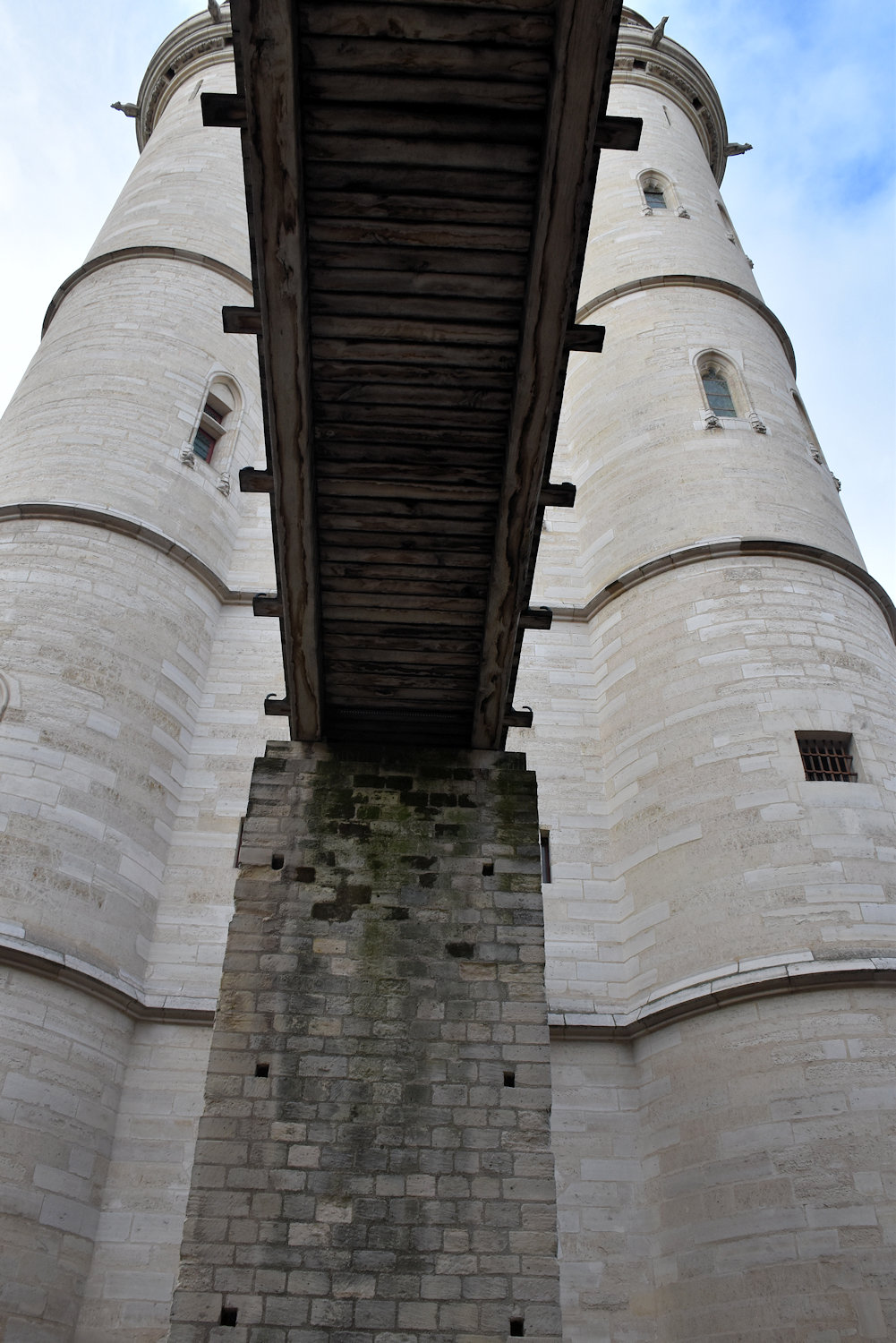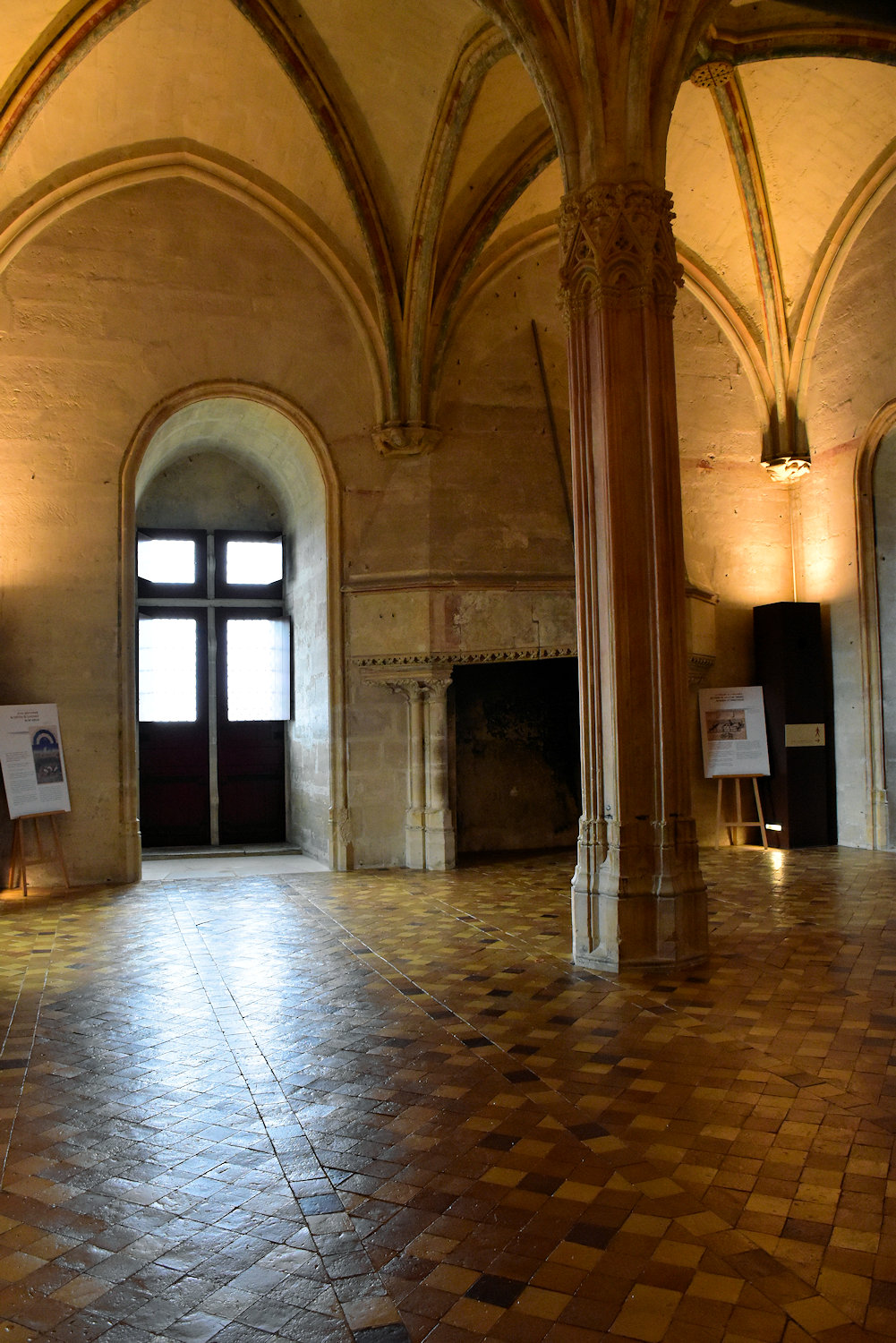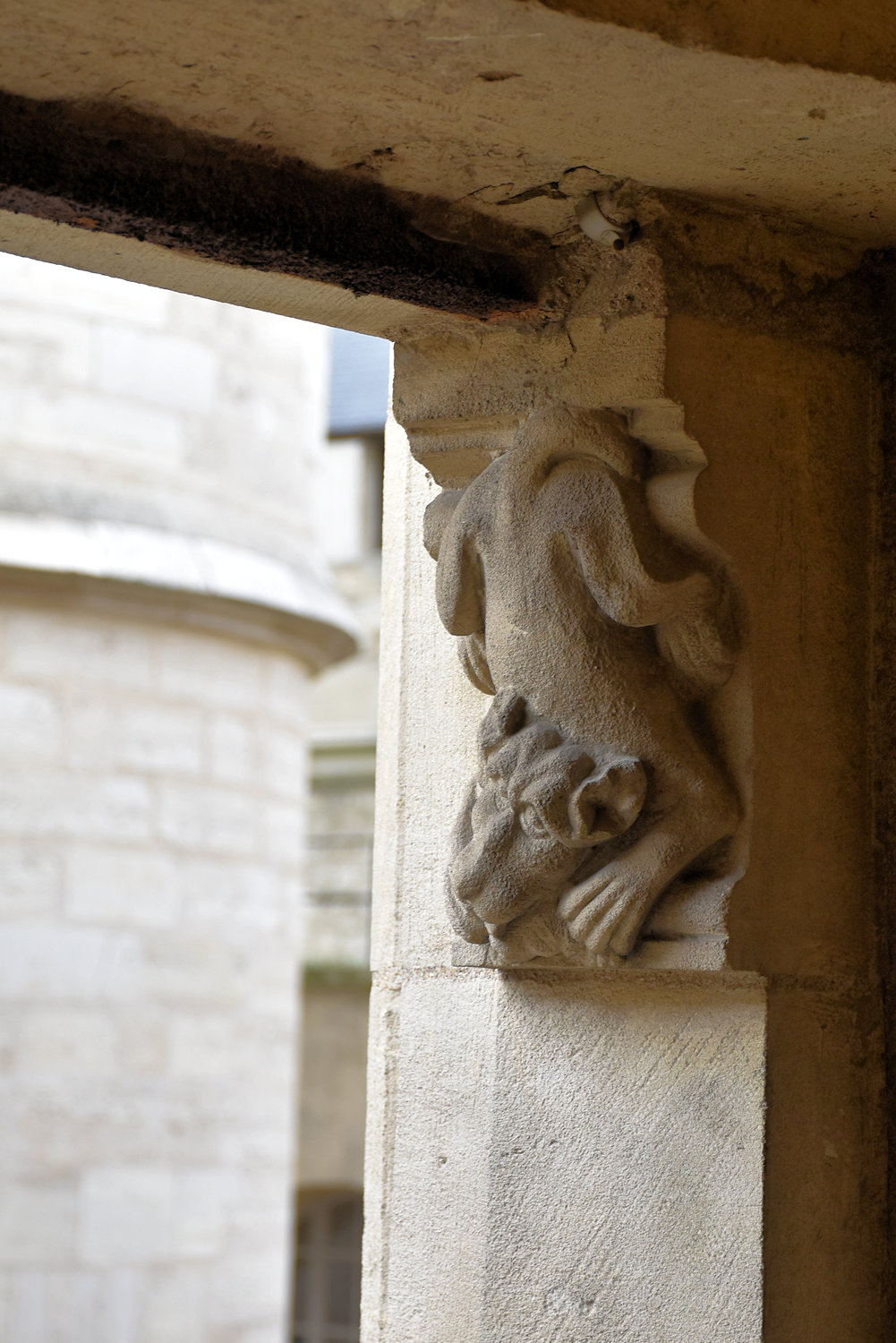I had some time to fill in before leaving for the airport, so I went for a walk down to the river.
Here I walked past a boat cruise on the same side of the river as me, so I hopped on!
Unfortunately, while the cruise was good, the weather was not.
They went down to the tower, then came back up past the starting point, going along one side of the Île de la Cité and down the other.
Unfortunately, the weather continued to deteriorate. I’m not complaining. When I arrived in the city, it was dark and raining steadily. But the days that followed were sunny but mild. Perfect weather for walking around and taking photos! There wasn’t any significant rain until the morning of departure. So really not complaining, but noting why there are not many photos.
And many of the photos I did take have little splotches all over them (from rain on the lens). These are the better ones:
After the cruise, I continued my walk and took some random photos of things in the streets.
The [Pantheon] was built between 1758 and 1790, from designs by Jacques-Germain Soufflot, at the behest of King Louis XV of France; the king intended it as a church dedicated to Saint Genevieve, Paris’s patron saint, whose relics were to be housed in the church. Neither Soufflot nor Louis XV lived to see the church completed. By the time the construction was finished, the French Revolution had started; the National Constituent Assembly voted in 1791 to transform the Church of Saint Genevieve into a mausoleum for the remains of distinguished French citizens, modelled on the Pantheon in Rome which had been used in this way since the 16th century. The first panthéonisé was Honoré Gabriel Riqueti, comte de Mirabeau, although his remains were removed from the building a few years later. The Panthéon was twice restored to church usage in the course of the 19th century—although Soufflot’s remains were transferred inside it in 1829—until the French Third Republic finally decreed the building’s exclusive use as a mausoleum in 1881. The placement of Victor Hugo’s remains in the crypt in 1885 was its first entombment in over fifty years.
Wikipedia
Church of Saint-Séverin
And one last look back over the city.
